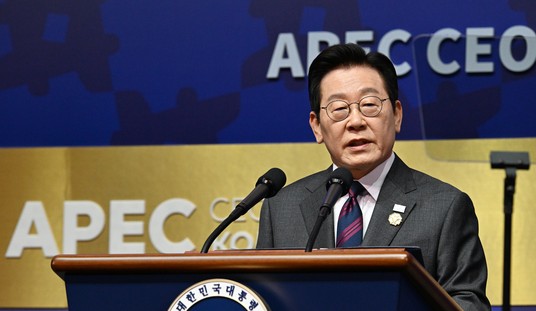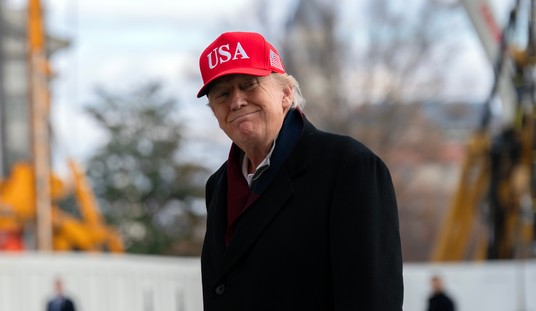=========
=========
Promoted from the diaries by streiff. Promotion does not imply endorsement.
=========
=========

When our Founders convened in Philadelphia during that hot summer in 1787 to perfect the Articles of Confederation, they did not immediately know that the document would be jettisoned in favor of a new Constitution. James Madison arrived with a new plan in hand based on a bicameral legislature. Both chambers would be chosen based on population with the upper chamber’s members chosen by the legislatures of the states. Being the most populous state at the time, Virginia stood to gain the most power via representation in both chambers. This obviously did not sit well with the smaller states. Hence, New Jersey proposed a unicameral chamber where each state, regardless of population, would receive equal representation. The drawbacks to this plan was that it would, in effect, simply be a rehash of the ineffectual Articles of Confederation. It was then that the Connecticut compromise was proposed- one chamber based on population and a second chamber where each state would get equal representation regardless of population.
What ensued after this was agreed upon was a divvying of powers between the two legislative chambers. For example, all revenue bills would arise in the House while the Senate received exclusive control over the confirmation of the Judicial Branch and “inferior officers” of the Executive Branch. These were but two examples as there are others. Except in certain specified instances, one chamber needed the approval of the other chamber in order to advance legislation.
As concerns this article, three very important things were injected into the Constitution with one underlying concern. They were the clause that (1) permitted each chamber to devise their own rules of procedure, (2) the veto power of the Executive, and (3) the indirect election of the Executive by formation of the Electoral College.
The underlying concern in all these instances was the fear of our founders of creating a direct democracy, or the “tyranny of the majority.” All those checks and balances our Founders wrote into the Constitution which, unfortunately, today’s youth have no appreciation for, were designed with this fear foremost in their minds. These were not afterthoughts or mistakes on the part of our Founders, but a well-designed system to prevent the popular majority from instilling their will on the whole population.
Today, some 2020 Democratic Party candidates have openly endorsed abolishing the Electoral College. Other states are attempting to do an end-around about the Electoral College by entering into a compact whereby their electoral votes would revert to the winner of the national popular vote regardless of the will of the voters of that state.
These candidates often say that the will of “the people” are ignored by the Electoral College. They rant about a few select states are often the deciders of who shall be President. Some have said: “Twice in my lifetime, the popular vote winner was not elected.” That much is true, but it is hardly new to this Republic. In fact, these are the following elections where the winner of the popular vote lost in the electoral vote count:
- 1824- Andrew Jackson lost to John Quincy Adams;
- 1876- Samuel Tilden lost to Rutherford Hayes;
- 1888- Grover Cleveland lost to Benjamin Harrison;
- 2000- Al Gore lost to George W. Bush, and;
- 2016- Hillary Clinton lost to Donald Trump.
Thus, five times in our history this has happened. On two of those occasions, voters could have said: “twice in my lifetime…” In other words, losing the popular vote but winning the electoral vote is a rare phenomenon in our political history and hardly worthy of scrapping in the practical sense. More importantly, it would be negating that which our Founders most feared- the tyranny of the majority.
As concerns the veto power of the President, there have been proposals in the past to restrict or deny that option to presidents. However, the veto power is a necessary check on the potential tyranny of the majority. The President is the only nationally chosen leader answerable to all and to no one other than the Constitution. Imagine how toothless the office would be if a President simply had to rubber-stamp every piece of legislation regardless of its merits. The Constitution provides a mechanism for overriding a presidential veto and sets the bar considerably higher than a mere mathematical simple majority in both chambers of Congress.
If a law passed by Congress and vetoed by the President is so necessary and important, surely both chambers of Congress could muster a two-thirds majority to override that veto. Instead, most of the bellyaching about presidential vetoes and presidential powers, in general, can clearly be laid at the feet of Congress itself. They have within their powers the ability to restrict and constrain the Executive in several instances. The first way is to write legislation so as to remove as much discretion when it comes to the President’s dictate to “faithfully execute the laws.” Instead, they have ceded vast swaths of that authority to Executive Branch departments. Most recent Supreme Court cases involve statutory interpretation where courts are required to fill in the blanks and play Kreskin in determining what Congress really meant. Secondly, they have the power of the purse to constrain the Executive. Finally, they have important oversight functions which often turn into political pony shows with very little oversight and a lot of speech-giving and grandstanding.
Regardless, the President was granted the veto power as a check on the will on the majority. Of course, nothing stops the majority- assuming one political party holds both houses of Congress- from passing legislation. However, it is the President who stands as the ultimate check on a renegade Congress attempting to exert the tyranny of the majority. If the legislation is importantly dire, then the two-thirds threshold to override a veto declares it such.
Finally, each chamber of Congress establishes its own rules. The House passes legislation by simple majority votes. In the Senate, which is designed to be more deliberative by virtue of longer terms and thus insulated from the politics of the moment, votes on legislation occur only after the debate is ended. To end debate requires 60 votes. At one time, it was 67 and nothing prevents the Senate from changing that number in the future.
Often referred to as a “filibuster,” this quirk of the Senate allows the minority party to, at times, block legislation from an actual vote. It should be noted that once the 60 votes to end debate are achieved, it takes a simple majority to advance legislation. Many have pointed to this rule as the cause of gridlock in Congress: that legislation advances out of the House then stalls in the Senate. Once again, this quirk of the Senate is designed to avoid mob rule and give the minority party a seat at the table. That seat at the table can be denied by the majority party gaining 60 seats in the Senate. In only four years after 1970- from 1975 to 1979- did any party have 60 seats.
While some have argued for the “nuclear option” in this area, they should be careful what they wish for. The ebbs and flows of politics often create changes in the partisan make up of the Congress. The Democrats may control the House today, but a swing of 18 seats in 2020 can change that. Likewise, the Senate can change hands with a few GOP losses in 2020.
If the goal is to avoid the tyranny of the majority as our Founders intended since they created a system of government designed for that very purpose, then the best course of action is to take no action.













Join the conversation as a VIP Member